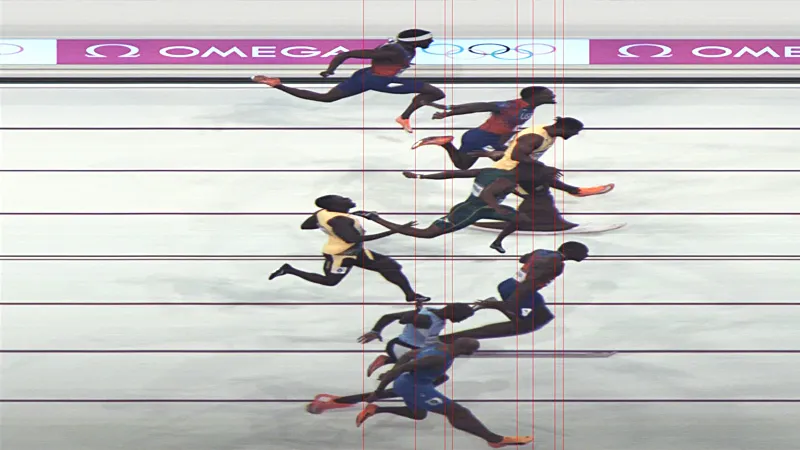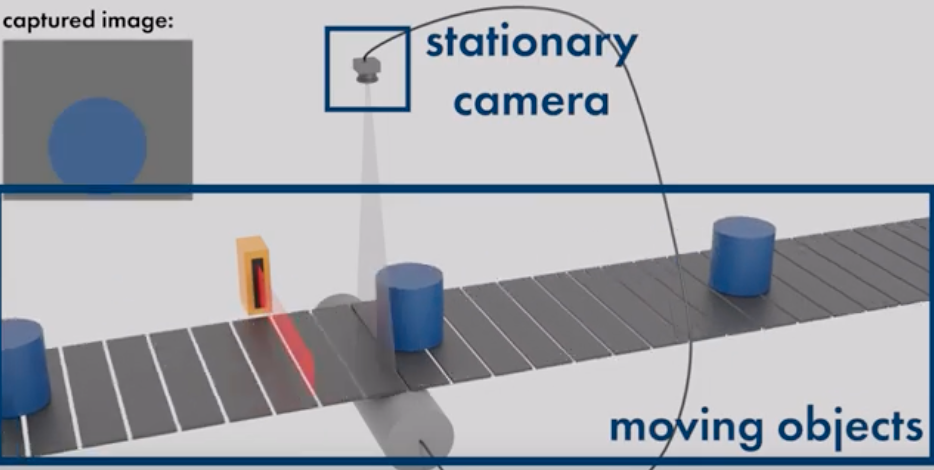Space/Time
Oct 2 2024
I've certainly heard before the idea of space-time,
some higher dimensional space where one of the bases is
positive time. Within this space you can pick a point
and that represents a location in both space and time, a coupling
of a physical location and a moment. But it always seemed like one
of those things that has abstract meaning but I can't put
direct physical sense to. Like sure, I can see from 2D how 3D space
occurs and I can imagine a 4D space would follow the same pattern
but I can't really imagine what that means except that a 3D space is
a slice of a 4D space and maybe some translations in 4D space look like xyz in 3D space.
But again, not a super strong intuitive feeling. And for 5D space etc, forget about it. I just
don't think about higher spaces beyond "oh the bases are still orthogonal ok."
So this was how I thought about space-time: it's a construction that
probably makes sense when solving some physics problems and I guess I can
see how space and time are orthogonal and together can identify a unique moment,
but physial intution? not so much.
Today I saw this photo:  This is really cool. It's a photo from the finish line camera used at the Olympics to
capture who exactly finished first in nail-biter races. Because the athletes
will be running by the finish line, and we only care about the exact moment
they cross that line in space, it makes perfect sense that this is implemented
with a line-scan camera, rather than a conventional 2D camera array.
This is really cool. It's a photo from the finish line camera used at the Olympics to
capture who exactly finished first in nail-biter races. Because the athletes
will be running by the finish line, and we only care about the exact moment
they cross that line in space, it makes perfect sense that this is implemented
with a line-scan camera, rather than a conventional 2D camera array.
A line-scan camera is a 1D linear camera sensor (i.e. a sensor 1 pixel wide) that
captures a 2D image by taking multiple samples in time. So in this photo,
the y-axis represents physical space (moving up and down the y-axis corresponds to moving up
and down in space at the finish line), but the x-axis measures time. So moving from
right to left in this photo corresponds to moving forwards in time. The camera
captures slices of space at different moments in time and stacks them to
create a photo of time x vertical space.

This isn't my first time seeing a line-scan camera, but I've only seen them
in the context of using a stationary camera to photograph a product as it moves
on a conveyor belt. In that context, while the x-axis technically represents time,
it is basically capturing physical extent as it is synchronized with the horizontal
movement speed of the object moving past the camera. I saw line-scan cameras as simply
a higher resolution way to capture a 2D spatial image when you know the subject of photography
is going to be moving in a predictable way.
The finish line camera, to me, is more obviously capturing a slice of space-time along the y-axis/time plane,
because place in a race is so clearly a time-based idea. Sure, I've seen a time-lapse
or long exposure photo before, I understand that a moving picture is a stack of spatial photos along the time axis.
But videos are presented in time, and the smoothing of a long exposure means that we
aren't so much capturing across time as just smoothing a bunch of time together.
Nothing I've seen before has so clearly demonstrated slicing space-time along the time axis,
and I think this photo is super cool for that.
 This is really cool. It's a photo from the finish line camera used at the Olympics to
capture who exactly finished first in nail-biter races. Because the athletes
will be running by the finish line, and we only care about the exact moment
they cross that line in space, it makes perfect sense that this is implemented
with a line-scan camera, rather than a conventional 2D camera array.
This is really cool. It's a photo from the finish line camera used at the Olympics to
capture who exactly finished first in nail-biter races. Because the athletes
will be running by the finish line, and we only care about the exact moment
they cross that line in space, it makes perfect sense that this is implemented
with a line-scan camera, rather than a conventional 2D camera array.
